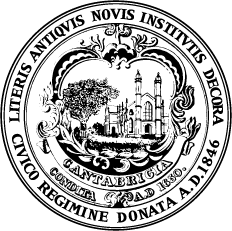Share of Residents that live within 0.25 miles walking distance of an MBTA high frequency bus line
Description
Measuring the number of transportation options that the average Cantabrigian has available is an indicator of overall freedom of movement. This indicator estimates the share of the total Cambridge population that resides within a quarter-mile walking distance of a stop on a high-frequency MBTA bus route. Note that the number can fluctuate as schedule adjustments change the number of high-frequency routes.
Data Source
2010 and 2020 Census; Annual Housing Starts data from CDD
Methodology
Population counts by Census block were applied to 1-acre hex grid cells covering the City. For non-Census years, changes in population were estimated based on the net change in housing units listed in annual Housing Starts data, and these changes were applied to the hex grid cells at the location of the development projects. The percentage of the population located within a quarter-mile walking distance buffer from stops on high-frequency bus routes was then calculated. Between 2020 and 2022, the total walking distance catchment area was reduced after service levels for two high-frequency bus lines in Cambridge were downgraded. Schedule frequency improved for 2023, and the catchment areas of those two bus routes have been restored.
Indicator
Share of Residents that live within 0.25 miles walking distance of an MBTA high frequency bus line
Baseline
37.6%
Target
Percentage


